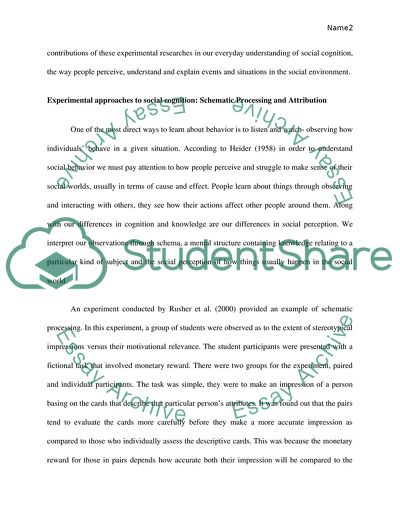Cite this document
(The Understanding of Social Cognition Essay Example | Topics and Well Written Essays - 1500 words, n.d.)
The Understanding of Social Cognition Essay Example | Topics and Well Written Essays - 1500 words. https://studentshare.org/sociology/1734319-evaluate-the-contribution-of-experimental-approaches-in-informing-our-understanding-of-social-cognition
The Understanding of Social Cognition Essay Example | Topics and Well Written Essays - 1500 words. https://studentshare.org/sociology/1734319-evaluate-the-contribution-of-experimental-approaches-in-informing-our-understanding-of-social-cognition
(The Understanding of Social Cognition Essay Example | Topics and Well Written Essays - 1500 Words)
The Understanding of Social Cognition Essay Example | Topics and Well Written Essays - 1500 Words. https://studentshare.org/sociology/1734319-evaluate-the-contribution-of-experimental-approaches-in-informing-our-understanding-of-social-cognition.
The Understanding of Social Cognition Essay Example | Topics and Well Written Essays - 1500 Words. https://studentshare.org/sociology/1734319-evaluate-the-contribution-of-experimental-approaches-in-informing-our-understanding-of-social-cognition.
“The Understanding of Social Cognition Essay Example | Topics and Well Written Essays - 1500 Words”. https://studentshare.org/sociology/1734319-evaluate-the-contribution-of-experimental-approaches-in-informing-our-understanding-of-social-cognition.


